4 Principles for Planning your Kidmin Service
If you’re like me when you’re planning your first kid services, you’re probably following the model that you’ve seen before. Whether you learned it from a mentor, internship, or just watching another kid’s service, you’ve decided this is the order for the service.
The game goes here.
The worship goes here.
The Bible story or sermon goes here.
And that’s the way it’s supposed to go, because that’s the way it’s supposed to be done.
I’m going to introduce a thought that might blow your mind.
It doesn’t have to be that way.
You can change things up. Drop things. Add things. Get creative and experimental. Test things to see if they work, evaluate, and try again.
When I started at church number 1, I had a template for services where I just filled in the blanks. It made planning easier, and I could work in the ministry without having to work on the ministry. Being bi-vocational, I needed something that was plug and play and this worked.
Click here if you'd like to get a copy of the templates I've used.
However, when I moved to church number 2, I had to add small groups and get creative.
Over the years, I’ve tested and experimented with what works and what doesn’t. I've boiled it all down to these 4 principles.
1. Plan for Energy Levels
When planning your service, it’s important to think about the flow of energy. When do you want kids to be excited and move around? When do you want them to be quiet and attentive? When do you want them to interact with you and others? When is free time and when is structured time?
I like to think of my service on a chart with an energy curve over the time of the service.
For example, when kids first come in there’s a lot of energy and excitement in the room. They may have been in free play with the pre-service activities or just ready for the service to begin. I’ll lean into the fervor and play a game or start with fun worship music. Everything is high energy, upbeat, and fun.
As we move through the service, I need to bring the energy down so they can sit and focus on the lesson. This is where we’ll watch a video or sing a slower song to set the mood.
Finally, after the sermon and prayer, we can start picking up the energy again with a game, another song, or break into small groups. I don’t want them to be as frenzied as they were at the beginning, but I don’t want them ready to take a nap either.
My service graph looks like this.

When I’m moving segments around (more about that in a minute), I think about the energy they produce. I don’t want to put an activity that requires focus and attention right after a high movement song. I’ll have to spend a significant amount of time calming them down. I’d rather do that slowly to transition easily from one point to the next.
The music you play can be a huge factor in the kids’ energy. Whether they’re actively engaging with it during worship or playing softly during your altar call or pushing up the intensity of your game, the music sets the tone for what you expect your kids to do. There's nothing more anti-climatic than excitedly saying go, and the music starts 5-10 seconds late. It sucks the energy out of the room for what can feel like an eternity.
When I planned my service, I also planned the music. Sometimes I would embed it directly into my presentation software and other times, I’ll give my sound person a playlist to choose from. Either way, I make sure that what the kids hear matches what I want them to do.
2. Break into segments
The easiest way to think about your service is in segments or modules. Every service pretty much has the same segments, but where you put them in the order can make all the difference.
The game is a segment, as is worship music, the Bible story, and even small group.
Take the different elements of your service and group them together by type. Then plug them into your service, checking the energy level of each one.
Once you have the segments created you can move them around to add variety and excitement to the service. If you've used Planning Center Services, this is super easy to do.
For the longest time, I opened the service with a game, but as I tried different curricula, I found that starting with announcements, playing a video introducing the theme of the day, then a game worked better. Because each of these elements were a segment, it was easy to experiment and find something that worked.
3. Experiment within the segments
Kids love consistency, so if you change everything their heads will spin you may end up with classroom management issues. As you change things around, just do it one at a time. You probably already do this during your worship time.
I hope you don’t sing the same three songs every week. That can get boring quickly.
Just like you change out songs, you can change other segments from week to week. For instance, how you tell your story or sermon. It can be more interactive by having the kids come up and act it out, or you can play a video, or sit and talk with the kids.
By the time I got to church number 3, I had my service order finely tuned. Not only did I know when each part of the service was going to happen, the kids did too. They could almost recite my segues. I knew I needed to shake things up.
Right before COVID, I heard of another church that changed their small groups to be more integrated throughout the service. Instead of keeping small group in one big chunk at the end, they would do different elements throughout the service.
So instead of playing one large group game, they’d break into their small groups and play a in those groups or against each other.
Instead of talking about the memory verse and the Bible story all at the end as soon as those segments were complete, they’d turn to their leaders to discuss what they just learned.
This model called for more focus from the leaders and made my energy chart look more like this.

There were a lot more peaks and valleys, but the constant changing helped the kids focus and be more engaged.
Try different things and see if they work. The great thing about kidmin is that if it totally bombs the kids won’t hold it against you. They’ll probably forget about it in the next 10 minutes anyway. They're very forgiving.
4. Build for flexibility.
As much as we want our services to go perfectly, there will always be a disruption or something that forces a change. Whether the kids are performing in the main service, they're participating in baptism, or you’re having a special event toward the end of the service, your schedule needs to have flexibility.
There are some weeks where you may only sing one song or there’s no time for small groups, or there’s only time for small group. Whatever you have to do to get the lesson across and the gospel preached while also making room for the disruption.
You can plan for these kinds of changes, but most disruptions you can't plan for. Sometimes your speaker talks to long, or the game falls apart and you have to change things up, or (I’m sure this never happens at your church) the adult service runs long, and you have to fill an extra 10 minutes.
These things happen, so you need to keep an eye on the clock and the energy in the room. Be prepared to stretch or shrink as they come along. There are an infinite number of things that can go wrong, so I can’t be more specific, but any veteran kidmin leader can fill you with stories of what happened and what they did.
Planning your service is essential to your success. It’s more than three songs and a sermon. That may be good enough for the adults, but kids need more. Take the time to plan out what you’re doing and when. Experiment, move things around, and try something new. You never know what’s going to work. You may find that one thing that finally reaches that one kid for Christ, which after all is what being a kidmin leader is all about.
Download several service planning templates you can use every week below or on Deeper Kidmin.

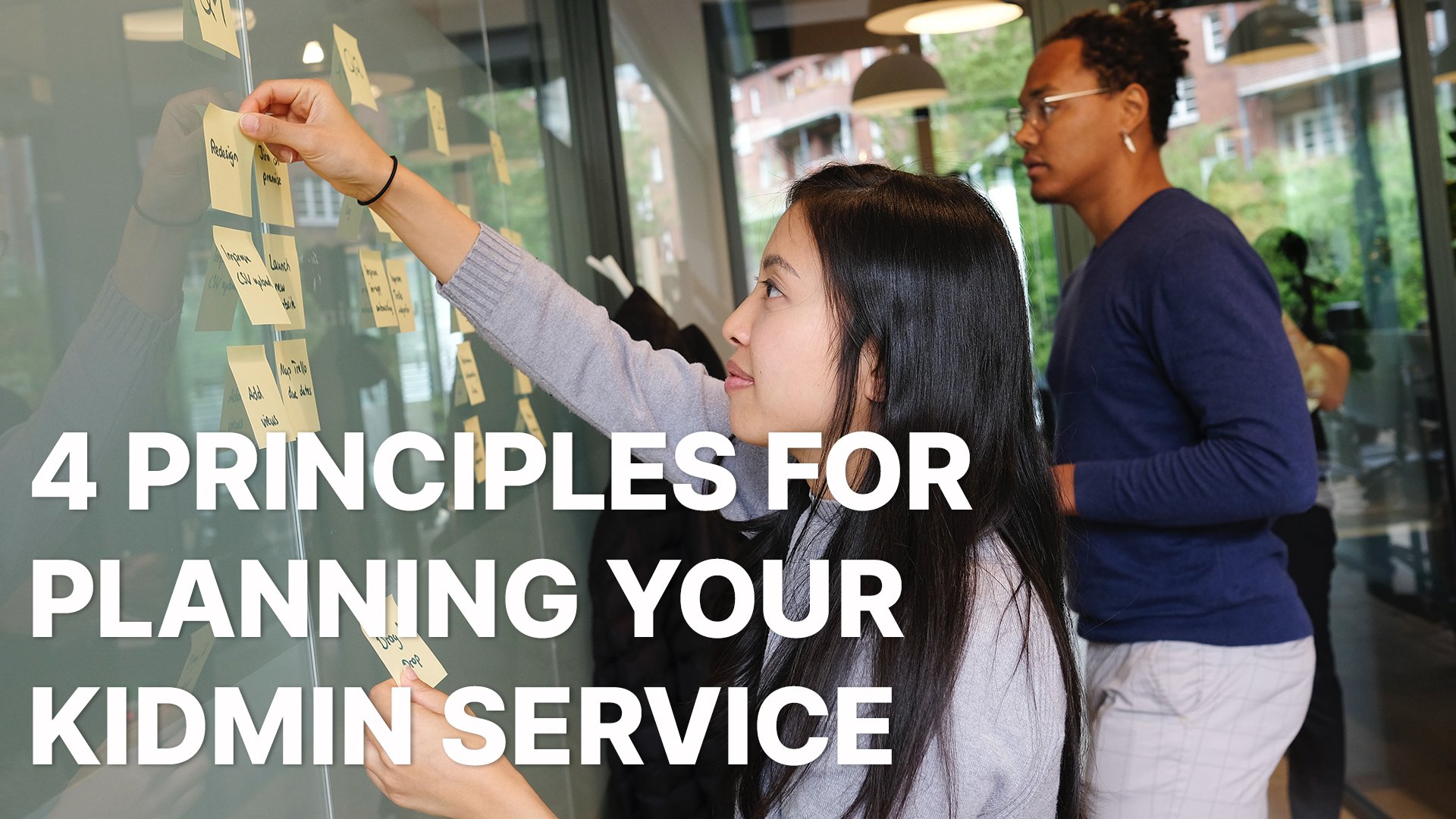

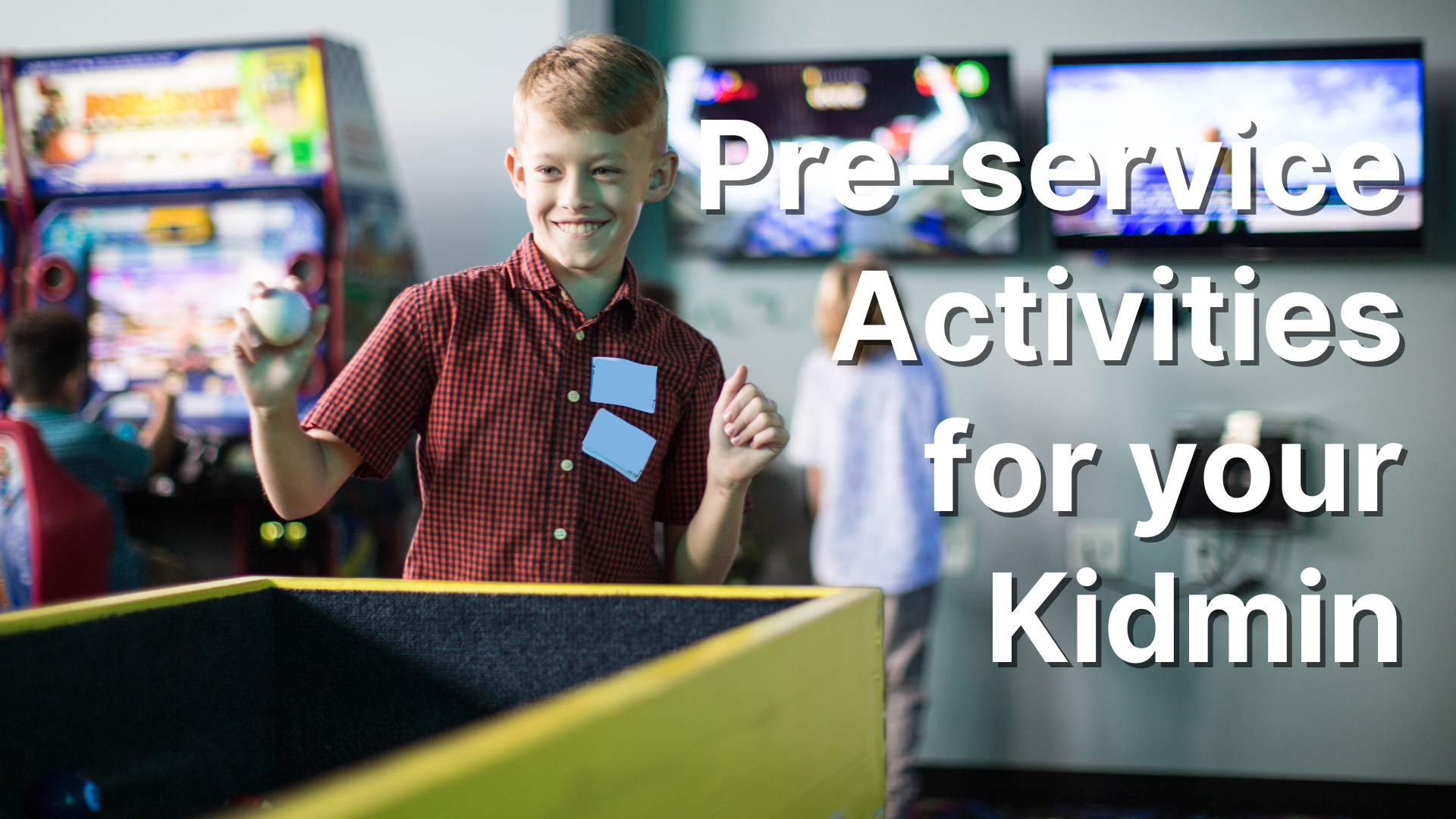
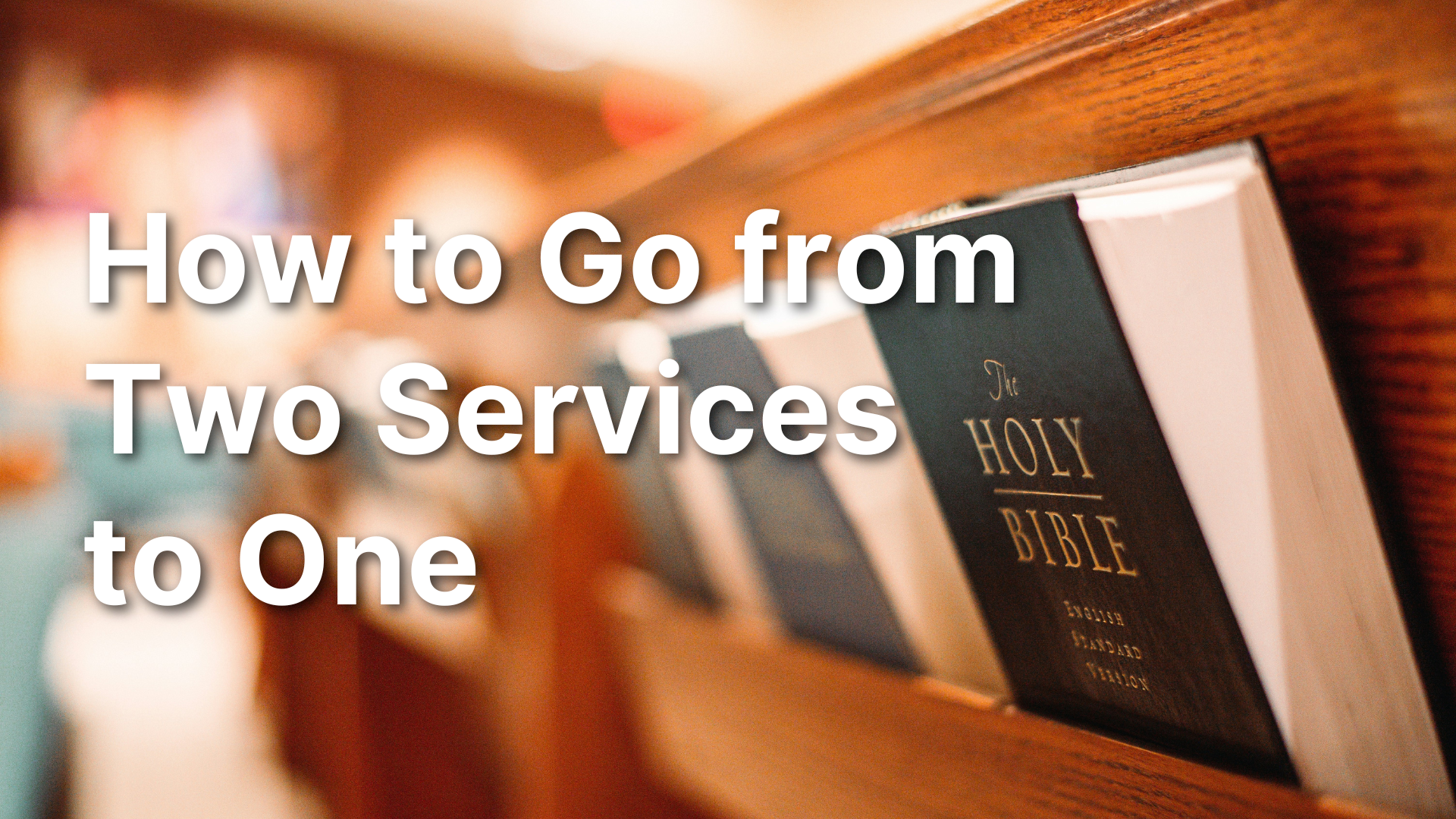

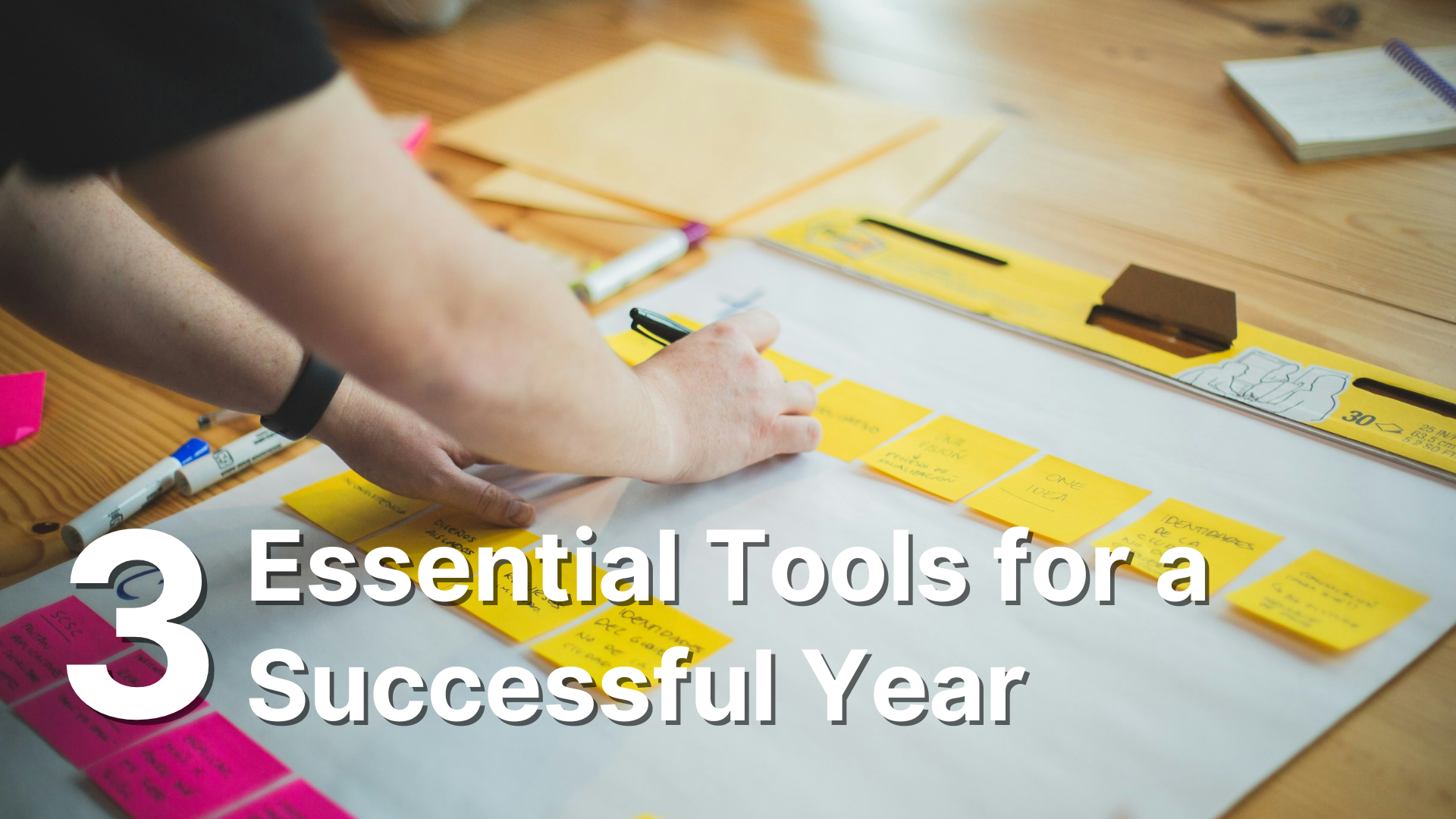
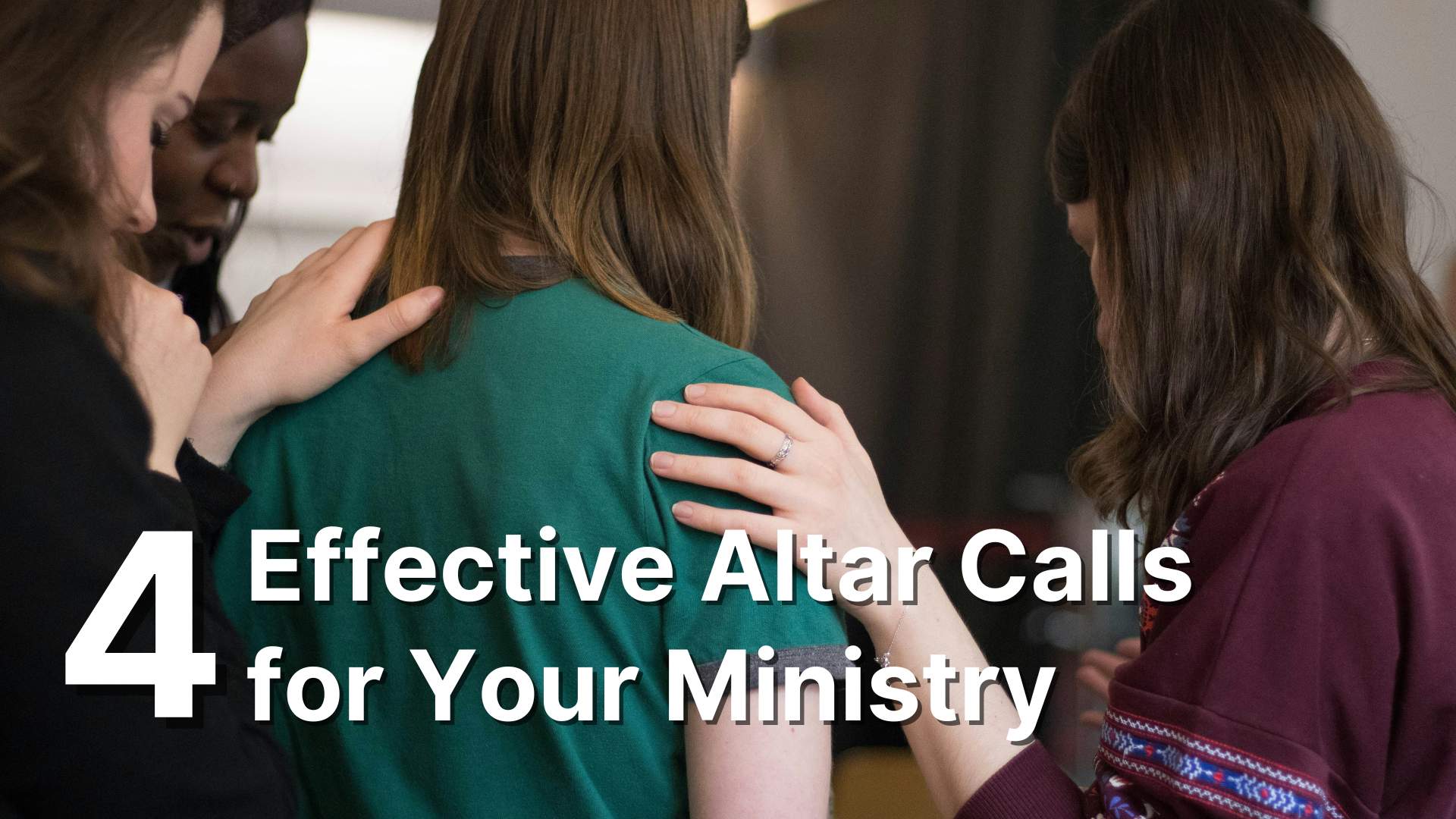
One of the hardest parts of kidmin is dealing with older kids in the late spring early summer. They get their own version of senioritis. They will check out completely, complain they’re bored, or misbehave.
As their behavior degrades, you can see the younger kids follow suit.